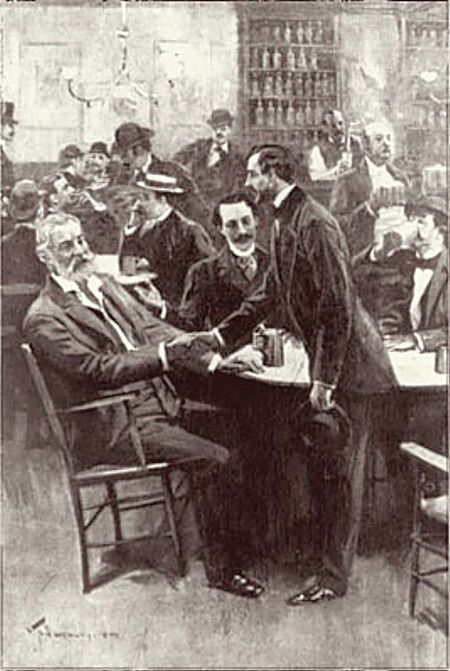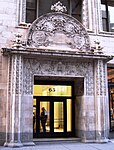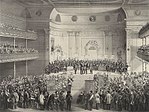On Sunday, October 27, 1878, the Manhattan Savings Institution bank and depository in Manhattan, New York City was robbed of $2,747,700 ($65 million in 2017) in cash and securities by the former gang of serial bank robber George Leonidas Leslie. At the time, it was the largest-paying criminal heist in history.
The plan was formulated by Leslie three years prior to 1878, and planned by him and his gang. He broke into the bank three times to try and open the safe in March 1878, and finally opened the outer safe on March 15. After Leslie's gang failed to rob a bank in Maine in February, which led to the death of the bank's cashier, the gang became increasingly paranoid that Leslie would go to the police and give their names, and in response, Leslie tried to stall the robbery so he could pull it off with another gang. Leslie disappeared in March, and was found murdered in the woods near Yonkers on June 4. Police suspected it was done by the gang over the Maine incident. The gang did the bank robbery without Leslie, on October 27.
A janitor at the bank, Louis Werckle, said that on the 27th at 6:10 a.m., he was preparing for his shift when his apartment near the bank was broken into by multiple men. He was handcuffed, and compelled to give up the combination to the safe. The men entered the bank with keys received from a corroborator who worked as a night watchman at the bank, Patrick Shevlin. One of the largest investigations in the history of New York City occurred, and a series of informants led investigators to finding the culprits involved. They discovered that Leslie had been involved in most of the recent major bank robberies committed in the United States. Much of what was stolen was returned to the bank, as most of it was in the form of certificates that the robbers were unable to spend. $15,000 was never recovered.









